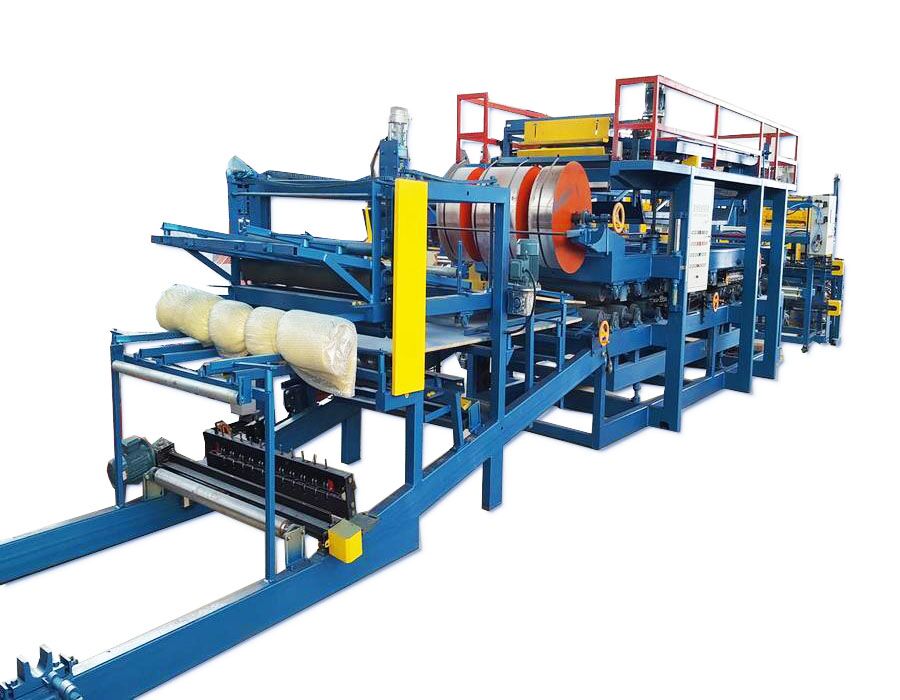1. "Dispersed elements" - uranium Uranium minerals have both radioactive and fluorescent properties. In addition, tetravalent uranium minerals and hexavalent uranium minerals have different characteristic colors, and tetravalent uranium is mostly black and grayish black; hexavalent uranium minerals are very bright in color. Several uranium ore The average content of uranium in the earth's crust is 2.5×10 -6 . Although the total burial amount is more than gold , silver and mercury, the uranium buried in the ground is very scattered and is called “dispersion elementâ€. Moreover, the chemical properties of uranium are very active, and they like to combine with other elements to form a composite ore. There are nearly 200 kinds of uranium minerals discovered. The uranium mine is characterized by low grade, scattered ore bodies, small scale, and high grade. Uranium mines are not easy, and the grade is more than five ten thousandths. The mining of uranium mines used to be mainly underground or open-pit mining. Prospecting, mining and beneficiation will produce a lot of waste slag. In general, 1 ton of uranium ore is often used to dig up 1 ton of uranium. In addition, radium and strontium, which are decaying uranium, are highly toxic radionuclides and must be protected. In China, we have summarized the seven-character treatment method of “blocking, protecting, filling, sealing, sparse, covering and plantingâ€, which effectively reduced the precipitation rate of radon in the air and the concentration of uranium and radium in the water. Second, the ground dip method is good In recent years, the in-situ leaching method, for sandstone -type uranium mines, does not have to dig out uranium ore, eliminating the need to transport, grind ore and many other processes, as long as a few wells, underground injection of acid (or alkali) liquid, underground Dissolve the uranium. Then, the uranium slurry is pumped from the ground and transported directly to the water and metallurgical plant for processing. In this way, the integration of mining, mineral processing and water and metallurgy will not produce a lot of waste rock and tailings that pollute the environment. In-situ dip is indeed a good idea, but there are not many uranium deposits currently available for in-situ leaching. In addition to ground leaching, there are heap leaching methods, in-situ blasting leaching methods, and bacterial leaching methods. The heap leaching method is to crush the ore and pile it up, spray dilute sulfuric acid on it, and collect the leachate. In-situ blasting When uranium is produced, the ore in the stope is broken to a certain degree, and the ore is sprayed in situ with a pre-formulated solution, and the formed leaching solution is sent to the surface for water treatment. Bacterial leaching is a method of leaching uranium from ore by using the oxidation of bacteria with little or no sulfuric acid. Common can oxidize sulfide ore containing iron bacteria, such as Thiobacillus ferrooxidans or Thiobacillus sp. Bacterial leaching has not yet been applied industrially. Third, the production of refined products from the pulp The uranium ore is impregnated with an acid (such as sulfuric acid) or a base (such as sodium carbonate) to obtain a uranium-containing slurry. The slurry is subjected to chemical extraction or ion exchange and precipitation treatment to obtain a crude product called "yellow cake". The uranium oxide (U 3 O 8 ) contained in the yellow cake is only 40% to 80%. It contains many impurities, and many of them are poisons that “eat†the neutrons that maintain the chain reaction. Therefore, further purification and refining is required, and the process is called refining of uranium. The purification methods include solvent extraction, ion exchange, ion exchange and solvent extraction, and precipitation. After refining, an intermediate product of uranium is obtained. The intermediate product is also chemically converted to produce uranium dioxide or metal uranium for the next step in the manufacture of fuel components for heavy water reactors; after uranium-235 enrichment, fuel components for light water reactors and research reactors can be manufactured. Or for the loading of atomic bombs.
Eps Sandwich Panel Roll Forming Machine
Sandwich Panel Roll Forming Machine Sandwich Panel Roll Forming Machine,RockWool Sandwich Panel Roll Forming Machine, EPS Sandwich Panel Sheet Roll Forming Machine, PU Sandwich Panel Roll Forming Machine,Sandwich Panel Machine Botou Xianfa Roll Forming Machine Factory , https://www.rollforming.nl
XF type clip core board line can make compound board. The whole line is composed of uncoiler, main forming machine, cutting device and compound system (pressedrib, pasting, worming, compounding, turningedge, slotting, edging, pneumatic, autocutting). The whole process is controlled by computer, and it is the indispensable equipment to workshop and the factory for producing roof board and wall board.
